Villages of Asturias, Spain: Bandujo
Accessing such a special place as Bandujo entails, almost compulsorily, considering the exercise of a full-fledged adventure. An adventure that, developed in the limits of the Council of Proaza, begins just leaving behind the town of the same name -with remnants of a distant, when not yet mysterious story yet to be discovered in all its splendor- and the direction of a small sign is followed which, located to the right of the main road, which leads, among other places of interest, to the neighboring Council of Teverga and to such picturesque places as San Martín and Villanueva, indicates: Proacina and Bandujo.
No sooner taken the detour, it is easy to be carried away by the imagination, and imagine that we are sliding through the intricate nooks and crannies of a disproportionate anaconda, with its slopes and descents, and between them, curves as closed as the palm of hand. This becomes more evident, above all, four kilometers further, once the town of Proacina is also left behind.
Bandujo is far from this, if the posters do not lie, five kilometers. Five kilometers that, as they travel, seem to be more; many more. But this fictitious temporary distortion that is usually experienced in secondary roads, especially when they are covered for the first time, is immediately compensated by the rewarding vision of such a spectacular landscape, which seems to be taken from a fairy tale.
It is true that Asturias does not have, precisely, a warm reputation; but that day I ventured to Bandujo, the sun beat so much, that its rays seemed to raise a supernatural barrier on the tops of the highest mountains, endowing them, I imagine, with a look similar to that can have these dangerous optical effects that we know with the name of mirages. This aspect reminded me, possibly dazzled by such beauty, of the unforgettable landscapes that the artist and mystic of Russian origin, Nicolás Roerich, made of the hermetic Himalayan mountains, back in the first third of the 20th century.
I think it was the same time-just before World War II-in which the American novelist James Hilton, made the world dream with Shangri-Lá or the Valley of the Blue Moon. It is no less true that when I saw the valley, there, in the deepest part, where the town was located, I thought that Asturias also had a Shangri-Lá comparable to the idyllic valley dreamed by Hilton.
Now, despite its ancestral isolation, and that still retains much of its medieval aspect, it is clear, too, that nothing in life always remains immutable. For some fifteen years now, Bandujo began to be known in the media, and consequently, his neighbors became accustomed to seeing tourists and curious people, attracted by the offer of their beauty and uniqueness. Around 1998, apparently, to access the town, there was hardly a rural road, in which few dared to venture. But it is true, likewise, that those who did, did not regret their experience. And it is that Bandujo is special, as we will see later.
Many of its historical elements, like the fortress that, apparently, had, have been irretrievably lost. Of this, only a tower is conserved that, by its characteristics, could well be defined as a real gift, leaving speculate with the possibility of a predictably frank origin of its builders. Today, it has been converted into private housing, although the coat of arms of one of the most important families of the Principality, descendants of the legendary Quirós: the Álvarez Miranda, still shines on the upper floors. Prior to its acquisition, the tower had belonged to the Tuñón, also related to the latter.
Occasionally, and speaking with the owner, of the curious thing that must be that of living in a tower, one of the legends associated with her came to light. A legend, of the many that proliferate in Asturias, and that refers to the 'ayalgas' or 'axalgas'. The 'axalgas' - I respect the term, as the lady in question used it - are hidden treasures, and their antecedents, as a rule, go back to the time of the Moors. But not the historical Moors, but 'the Moors or Mouros', supernatural beings, who according to the legends dwell in the subterranean of the ancient hillforts and sometimes, meet with men.
Actually, and adopting a position halfway between reverie and disappointment, he told us that of the 'axalga' that was supposed to be buried in the tower, nothing at all; that the only thing that was found, when the floor of the base was removed, was a stone firm as solid, as that of the nearby mountains.
However, apart from the possible existence of 'axalga's, in the tower or in any other place of the town and its surroundings, the enigmas of Bandujo do not end there, but they would give to fill several folios, or in its defect, to dedicate several entrances , so I will only mention, even above, some of the main ones.
Perhaps the most relevant is that of the Virgin of Bandujo and a certain medallion associated with it, which would contain part of the original relics - the Virgin's stew - which tradition states that Saint Toribio of Jerusalem brought, whose Ark or container container, ended landing at the top of the nearby Monsacro, until they were ordered to move to the Holy Chamber of San Salvador, in Oviedo, by King Alfonso II the Chaste. I regret to say, that I could not enter the church, which, at least externally, does not seem to preserve any Romanesque or pre-Romanesque traces, although there is a curious warning, located above the entrance portico:
'Enter here with attention, for you must consider that none should be, without respect and devotion, October 21 of the year + 1926 +'.
Nor do I know, exactly, if by Bandujo or its neighborhoods, the Path of the Quirosanos passed, of which I heard speaking in La Carballosa. Path that was used, also-if not completed, at least in part-as a pilgrim's path. And to pilgrims, probably, many of the numerous human remains found in Bandujo would belong, especially in lands located under some granaries.
To conclude, say that the granaries, apart from an inheritance of ancestral architecture, are also the focus of arcane beliefs, whose most evident evidence is found in the mysterious symbolism recorded in some of them, including one, in particular, that shows an inscription above one of the symbols, whose translation I have not yet been able to decipher.
NOTICE: originally published, in my blog MEMORIES OF A PILGRIM, under the title of 'Pueblines del Camín: Bandujo. Both the text and the photographs are my exclusive intellectual property. The original entry, where you can check the authorship of juancar347, can be found at the following address: https://jc347.blogspot.com/2011/09/pueblines-del-camin-bandujo.html
If you liked what you have read and seen, I invite you to visit the world of: @ juancar347
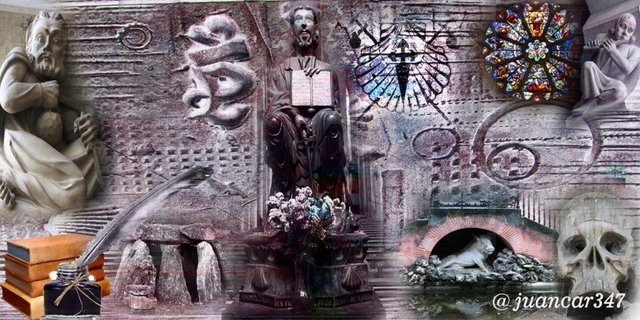
designed by: @txatxy
.jpg)
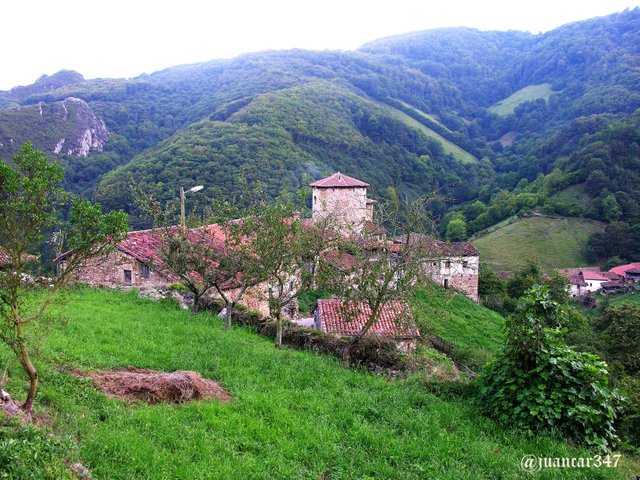
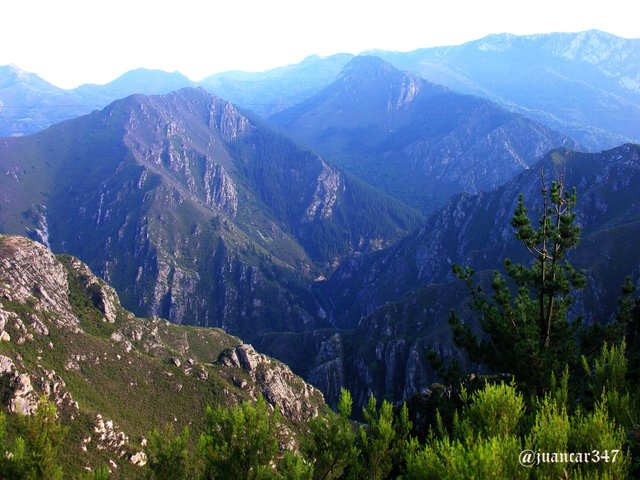
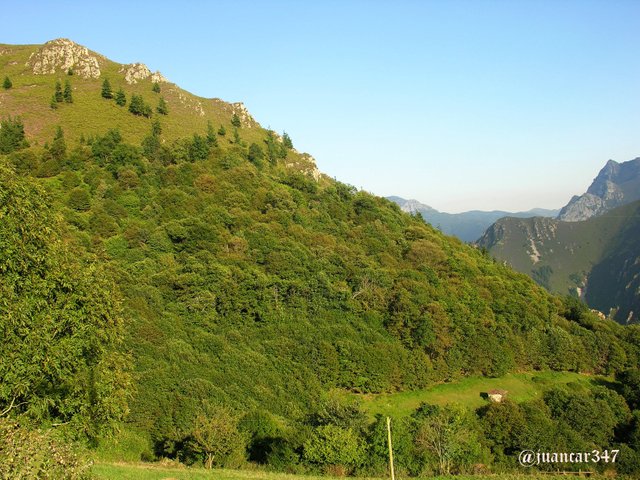
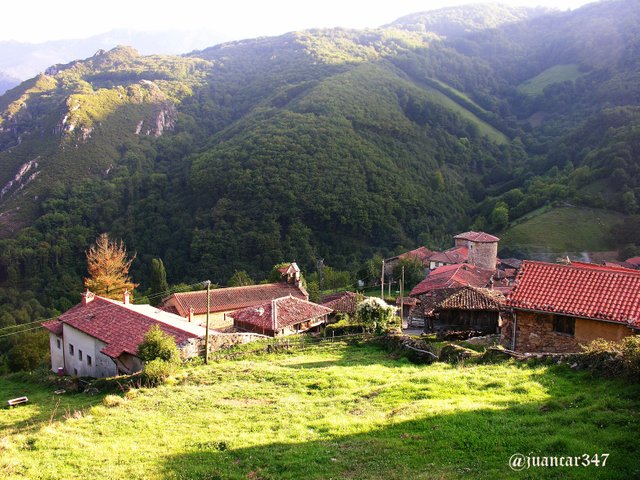
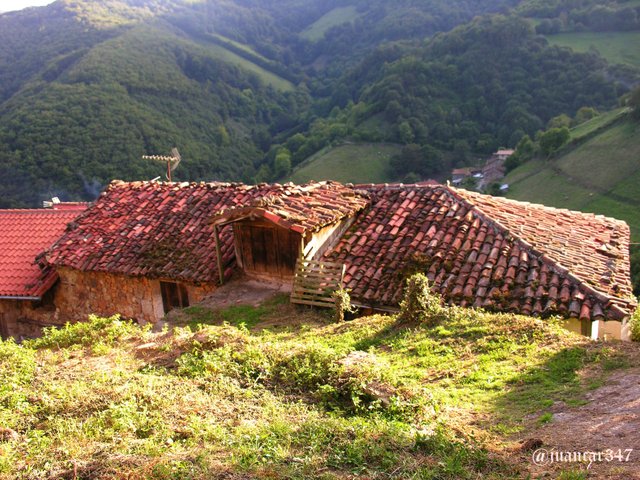
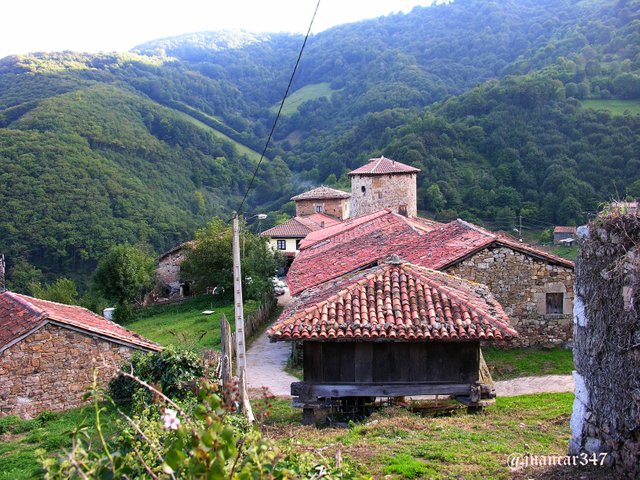
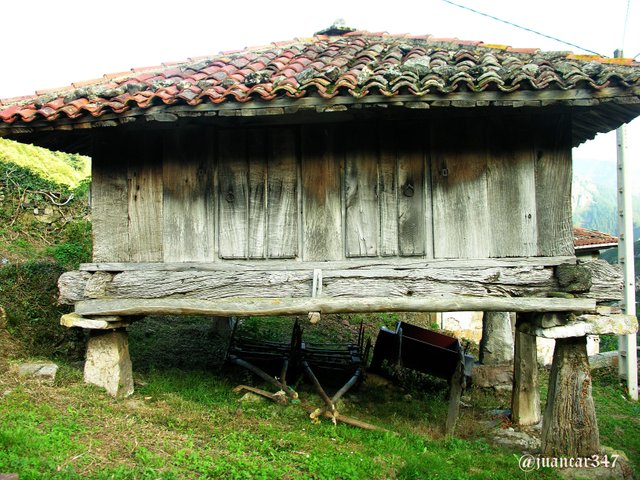
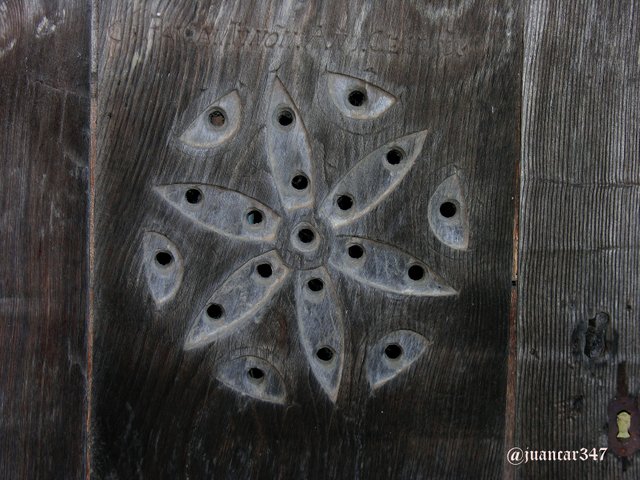

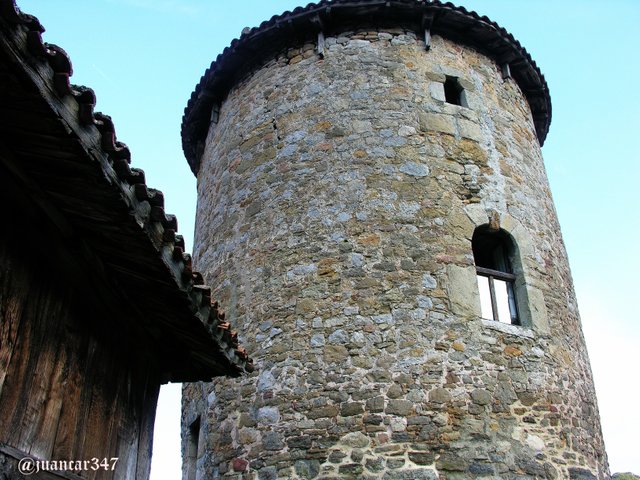
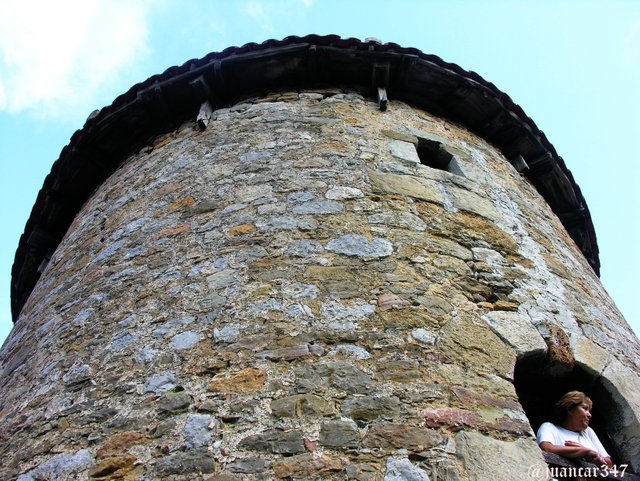
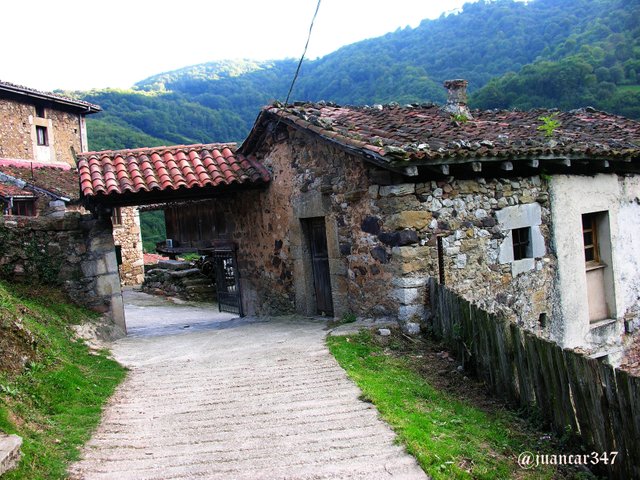
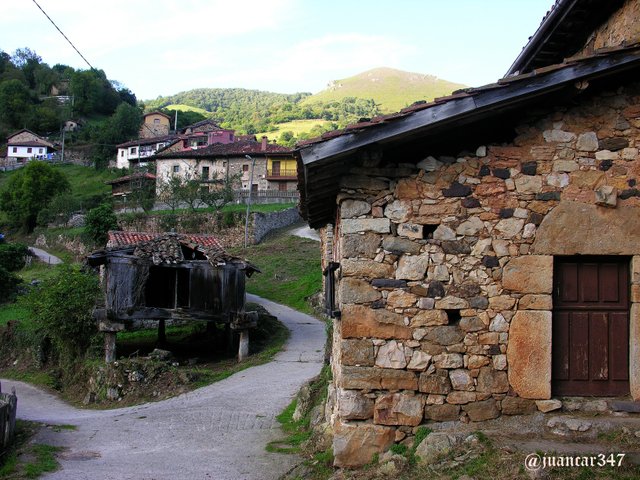
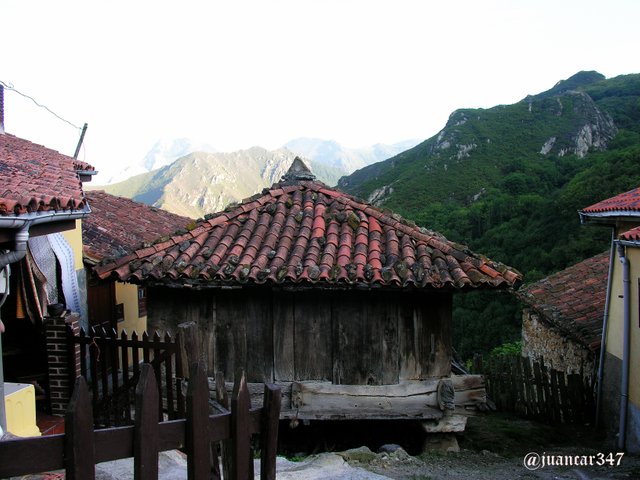
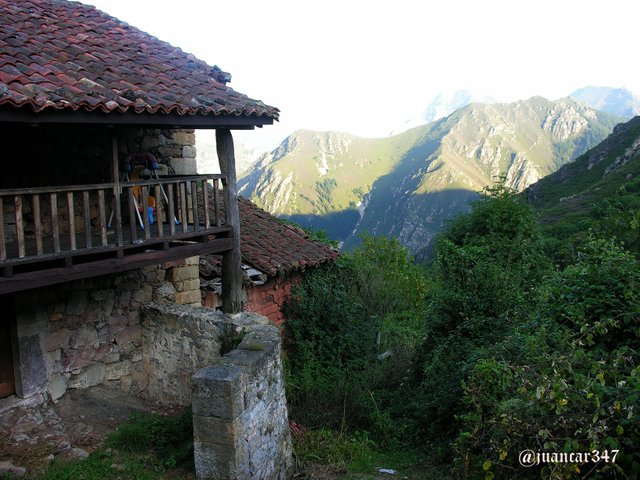

Viajando a ese lugar hermoso a través de tus fotografías, gracias por compartirlas, @juancar347. Mis saludos.
Muchas gracias
Congratulations, Your Post Has Been Added To The Steemit Worldmap!
Author link: http://steemitworldmap.com?author=juancar347
Post link: http://steemitworldmap.com?post=villages-of-asturias-spain-bandujo
Want to have your post on the map too?
Thanks